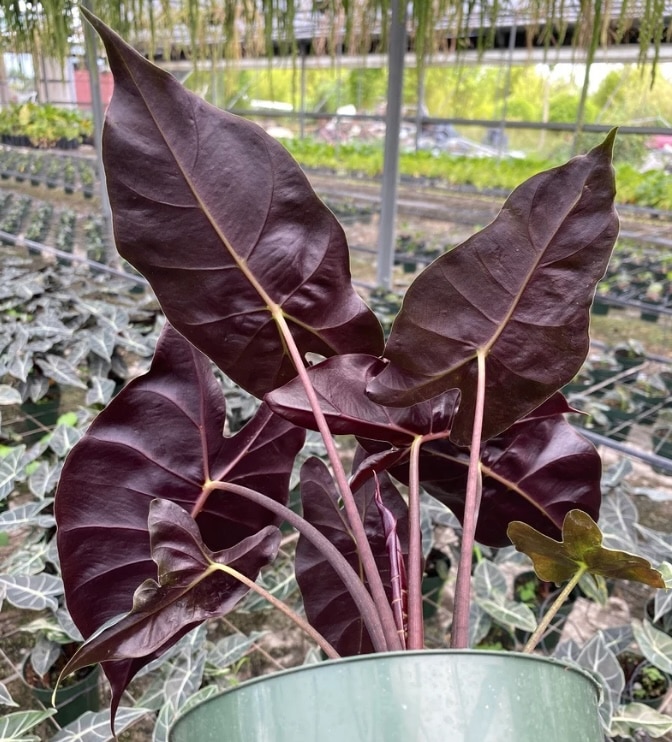If you’re looking for an interesting and exotic addition to your home garden, look no further than the dragons tooth plant! This unique succulent is easy to care for and will add a touch of the tropics to your home or yard. Learn more about how to grow and care for your dragons tooth plant in this article.
What is a Dragons Tooth Plant?

The dragons tooth plant is part of the Araceae family. It’s a slow-growing tropical plant that originates from Africa. The plant has stiff, upright leaves with long, sharp tips that give it its common name. Although it may be challenging to find one for sale, dragons tooth plants are worth the effort as they are easy to care for and add a touch of drama to any space.
Is the Dragons Tooth Plant Poisonous?
The sap found in all parts of the dragons tooth plant can cause minor skin irritations to some people. Therefore, it is recommended that you wear gloves while handling the plant and ensure that pets and children don’t chew on any part of it. The sap may also cause eye irritation, so make sure to wash your hands and face after handling the plant.
It’s best to keep your dragons tooth plant away from pets, and young children as ingestion can cause an upset stomach.
Dragons Tooth Plant Growth and Care
Here are some tips to help you grow a thriving dragons tooth house plant.
Sunlight and temperature
Dragons tooth plants should be placed in partial sunlight and can tolerate higher temperatures than most other plants if they are watered enough. However, they should not be exposed to temperatures below 50 degrees Fahrenheit as they can be affected by the cold. Bright indirect sunlight for at least six hours daily is best for dragons tooth plants. If you are planning to move the plant into a space with less sunlight, do so gradually over a few days.
These tropical plants can also be grown outdoors in warmer climates. If you live in USDA zones 9 to11 you can grow a dragons tooth’s plant on your patio or in a flower bed.
Soil
Since dragons tooth plants prefer dry to average soil conditions, they should be planted in a well-draining potting mixture. To reduce the risk of root rot, ensure that your pot has holes in the bottom that aren’t blocked by gravel.
Fertilizer
Fertilizing your dragons tooth plant is not vital for its growth but can help promote bigger, more frequent blooms. Feed it once every other month with a fertilizer designed for tropical plants. Alternatively, use a standard house plant fertilizer at half strength.
Watering
The dragons tooth plant does not need a lot of water to thrive, so be careful not to over-water it. Since the plant has long roots that grow close to the surface of its pot, it can become waterlogged and drown more quickly than other plants if you keep it in water for too long. If the soil is allowed to dry out between watering, you should never need to water it more than once a week.
How to Grow the Dragons Tooth Plant from Cuttings
If you are unable to find a sizable dragons tooth plant for sale, consider growing one for yourself by taking cuttings. To do so, you will need several healthy-looking stems that have not yet flowered and potting soil.
Put the cuttings in a glass of water until roots start to grow. Plant each new cutting in its own small pot filled with a mixture of cactus or succulent soil and gravel. Water the soil until it is soaked through, and place the pots in bright, indirect sunlight. Be sure to not allow much direct sunlight to hit the plant as it can scorch its leaves.
Water each pot once a week or whenever you notice that the top 1 inch of soil has dried out completely. Dragons tooth plants grow slowly, so do not be alarmed if it does not begin to grow for another few weeks.
Conclusion
The dragon’s tooth plant is a unique houseplant with stunning leaves. The plant takes up very little space but can be easily propagated to create new baby dragon’s teeth plants.
If you are looking for an unusual indoor plant that will also bring a pop of color to your office or home, try growing the dragon’s tooth plant.
